Characterization of a novel bioflocculant from a marine bacterium and its application in dye wastewater treatment
- PMID: 29149843
- PMCID: PMC5693566
- DOI: 10.1186/s12896-017-0404-z
Characterization of a novel bioflocculant from a marine bacterium and its application in dye wastewater treatment
Abstract
Background: The identification of microorganisms with excellent flocculant-producing capability and optimization of the fermentation process are necessary for the wide-scale application of bioflocculants. Thus, we evaluated the flocculant-producing ability of a novel strain identified by the screening of marine bacteria, and we report for the first time the properties of the bioflocculant produced by Alteromonas sp. in the treatment of dye wastewater.
Results: A bioflocculant-producing bacterium was isolated from seawater and identified as Alteromonas sp. CGMCC 10612. The optimal carbon and nitrogen sources for the strain were 30 g/L glucose and 1.5 g/L wheat flour. In a 2-L fermenter, the flocculating activity and bioflocculant yield reached maximum values of 2575.4 U/mL and 11.18 g/L, respectively. The bioflocculant was separated and showed good heat and pH stability. The purified bioflocculant was a proteoglycan consisting of 69.61% carbohydrate and 21.56% protein (wt/wt). Infrared spectrometry further indicated the presence of hydroxyl, carboxyl and amino groups preferred for flocculation. The bioflocculant was a nanoparticle polymer with an average mass of 394,000 Da. The purified bioflocculant was able to remove Congo Red, Direct Black and Methylene Blue at efficiencies of 98.5%, 97.9% and 72.3% respectively.
Conclusions: The results of this study indicated that the marine strain Alteromonas sp. is a good candidate for the production of a novel bioflocculant and suggested its potential industrial utility for biotechnological processes.
Keywords: Alteromonas sp.; Bioflocculant; Dye wastewater; Marine bacterium.
Conflict of interest statement
Ethics approval and consent to participate
Not applicable.
Consent for publication
Not applicable.
Competing interests
The authors declare that they have no competing interests.
Publisher’s Note
Springer Nature remains neutral with regard to jurisdictional claims in published maps and institutional affiliations.
Figures
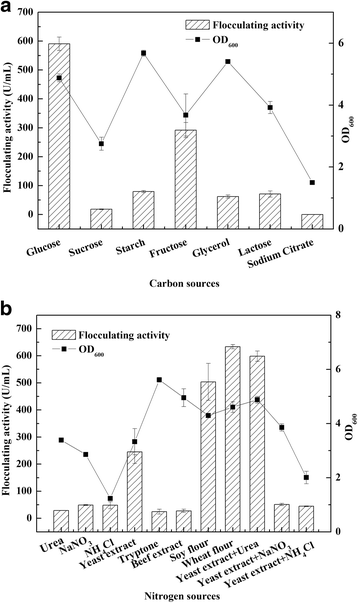
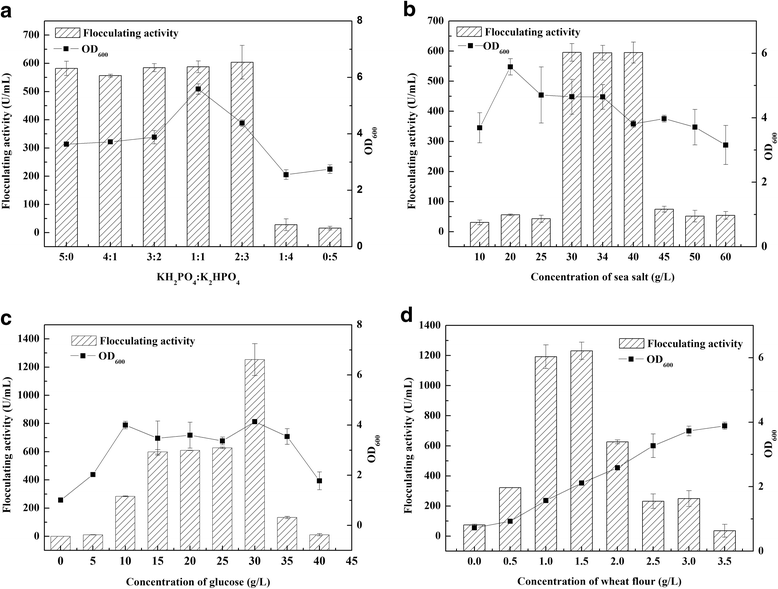

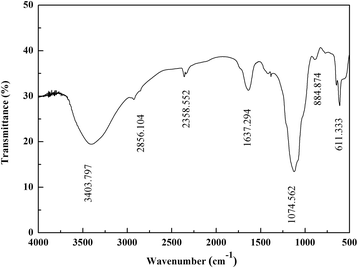
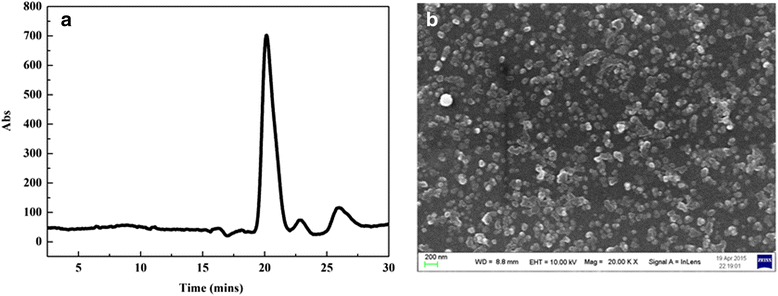
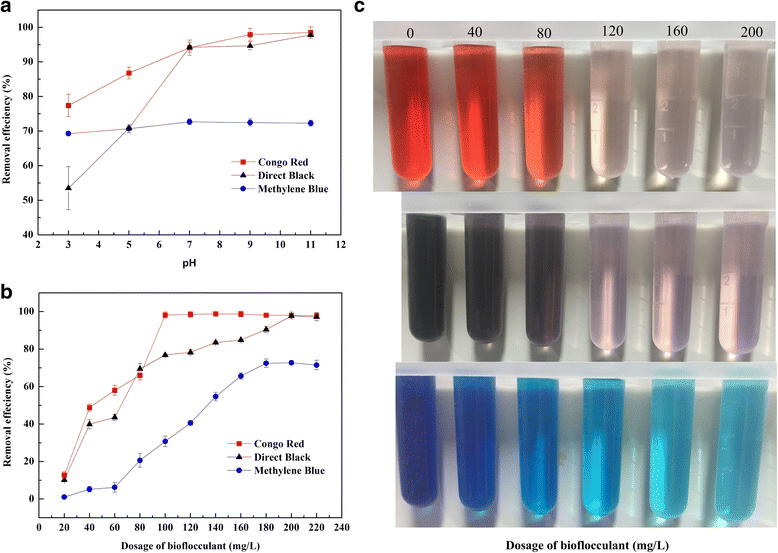
References
-
- Rossini M, Garrido JG, Galluzzo M. Optimization of the coagulation–flocculation treatment: influence of rapid mix parameters. Water Res. 1999;33(8):1817–1826. doi: 10.1016/S0043-1354(98)00367-4. - DOI
-
- Wang L, Ma F, Lee DJ, Wang A, Ren N. Bioflocculants from hydrolysates of corn stover using isolated strain Ochrobactium ciceri W2. Bioresour Technol. 2013;145(19):259–263. - PubMed
-
- Chouchane H, Mahjoubi M, Ettoumi B, Neifar M, Cherif A. A novel thermally stable heteropolysaccharide-based bioflocculant from hydrocarbonoclastic strain Kocuria rosea BU22S and its application in dye removal. Environ Technol. 2017;1 - PubMed
MeSH terms
Substances
Grants and funding
LinkOut - more resources
Full Text Sources
Other Literature Sources

